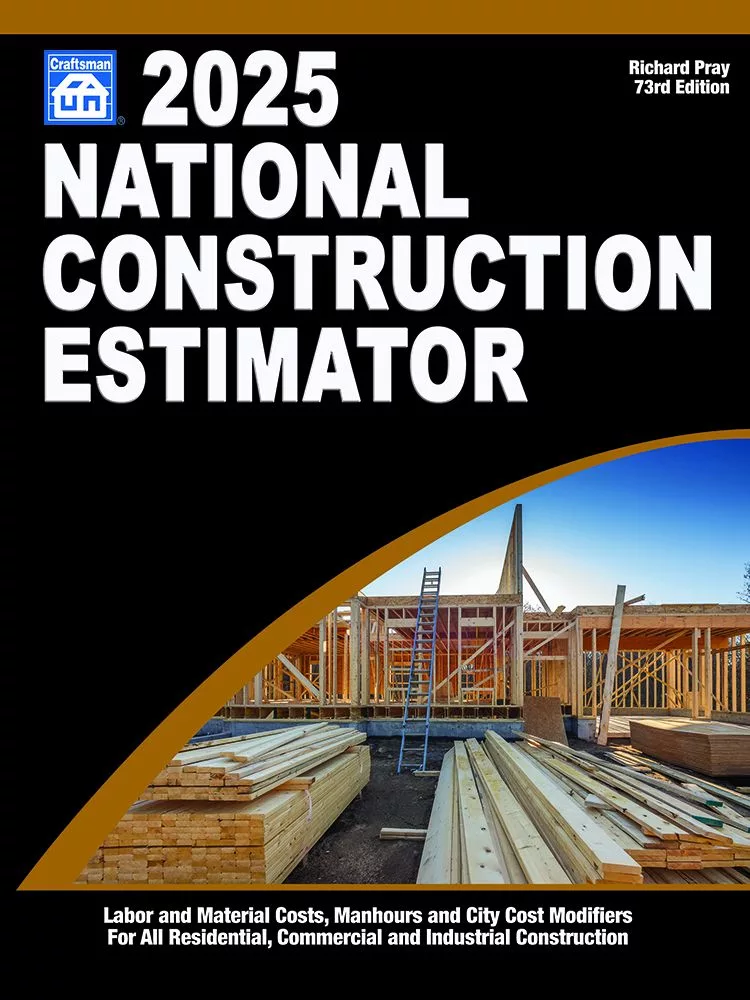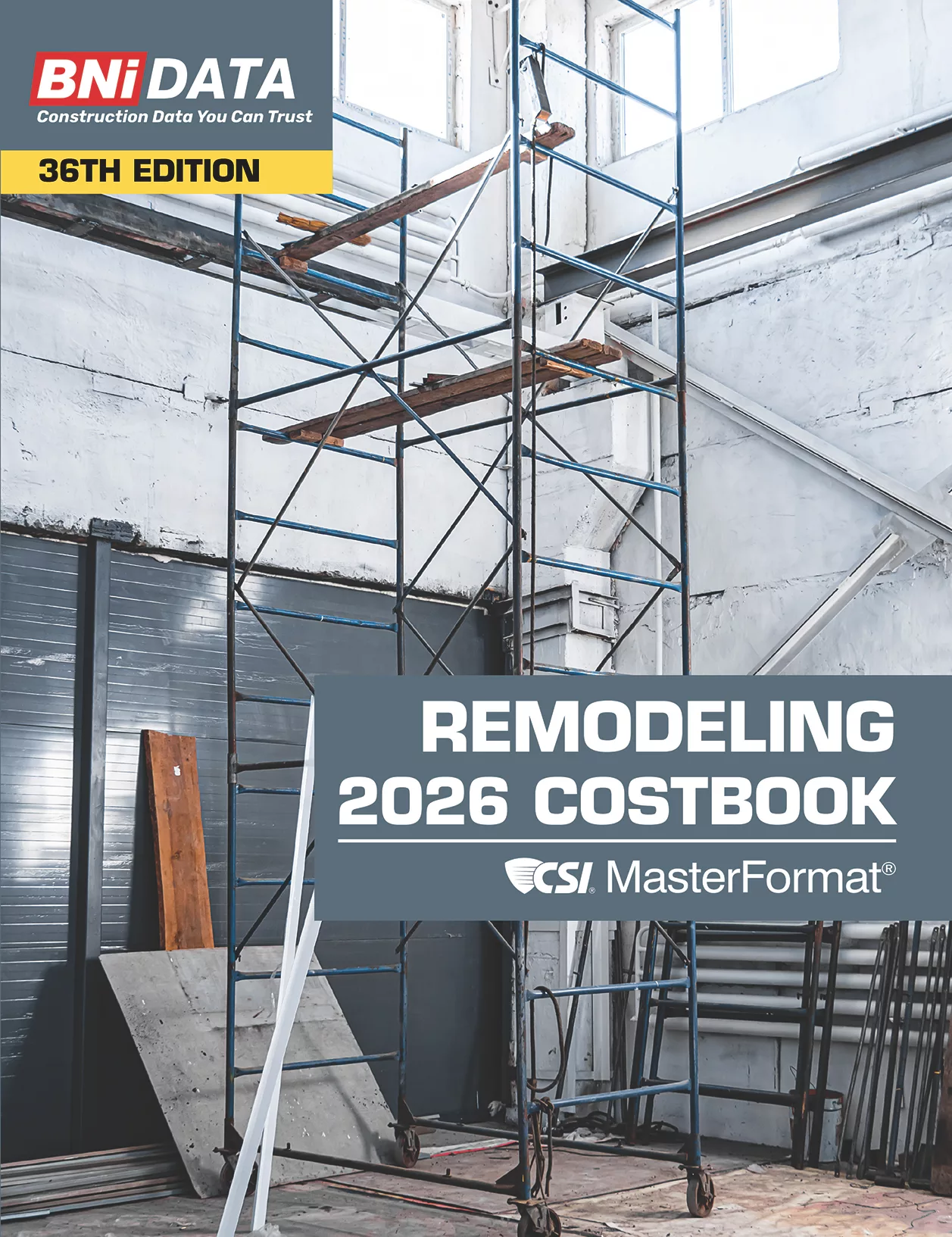Editor's Note: Short Supplies and Rising Prices
The pace of the roof-contracting business in many parts of the country has reached manic proportions. Supplies of some key roofing materials are short and prices are rising at a rapid pace. The price of oil remains at record highs with no significant relief in sight. The price of oil is always something to watch because it is tied so closely to all the things we do in the roofing industry; from running our plants, to the materials we apply, to our many transportation needs.
The last time I saw this level of material supply shortages was in the 1970's. The things that I remember the most were some of the "work-arounds" that were routinely employed by frustrated builders and roofing contractors. For instance, there was not enough dry-in felt to go around. The shortage was so severe in some areas that builders began to have problems getting their homes built for lack of a roof. The solution at the time was to simply leave off the dry-in.
Another thing that can occur in times of supply shortages is the increased rates of production at the manufacturing plant. These increases may be the cause of quality issues down the road. This is not a universal problem, but one that roofing contractors should be aware of when inspecting the goods as they are delivered to the jobsite. Given tight schedules and high demand loads, some product may be shipped or moved either before its time, or at the very earliest point possible, which can create quality problems for some materials.
The pursuit of higher production and reducing costs has gone just a bit too far in our past as well; and I wager that these things happen in a market just like the one we are in right now. Put this in the system in place of that. Leave this other piece out altogether (after all, it is "redundant'). The results have not always been great. In fact, some have been disastrous.
Roofing products and systems that are brought to market without the kind of due diligence needed to make sure they will last as advertised has been a recurring problem in our industry. We may be installing some such products and systems today. Simply being aware of these possibilities is the first step toward not repeating mistakes of the past.
Looking for a reprint of this article?
From high-res PDFs to custom plaques, order your copy today!





